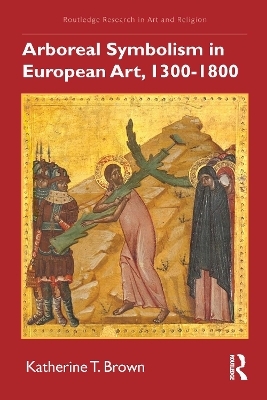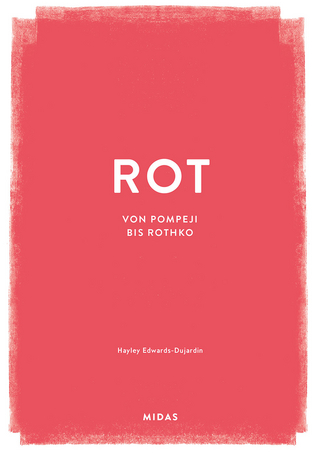
Arboreal Symbolism in European Art, 1300–1800
Seiten
2024
Routledge (Verlag)
978-1-032-23508-0 (ISBN)
Routledge (Verlag)
978-1-032-23508-0 (ISBN)
- Titel z.Zt. nicht lieferbar
- Versandkostenfrei innerhalb Deutschlands
- Auch auf Rechnung
- Verfügbarkeit in der Filiale vor Ort prüfen
- Artikel merken
Arboreal Symbolism in European Art, 1300—1800 probes the significance of trees in religious iconography of Western art. This book will interest scholars in art history, religion, humanities, and interdisciplinary studies.
Arboreal Symbolism in European Art, 1300–1800 probes the significance of trees in religious iconography of Western art.
Based in the disciplines of art history, botany, and theology, this study focuses on selected works of art in which tree forms embody and reflect Christian themes. Through this triple lens, Brown examines trees that early modern artists rendered as sacred symbols—symbols with origins in the Old Testament, New Testament, Greek and Roman cultures, and early medieval legends. Tree components and wood depicted in works of art can serve as evidence for early modern artists’ embrace of biblical metaphor, classical sources, and devotional connotations. The author considers how artists rendered seasonal change in Christian narratives to emphasize themes of spiritual transformation. Brown argues that many artists and their patrons drew parallels between the life cycle of a tree and events in the Gospels with their respective annual, liturgical celebrations.
This book will interest scholars in art history, religion, humanities, and interdisciplinary studies.
Arboreal Symbolism in European Art, 1300–1800 probes the significance of trees in religious iconography of Western art.
Based in the disciplines of art history, botany, and theology, this study focuses on selected works of art in which tree forms embody and reflect Christian themes. Through this triple lens, Brown examines trees that early modern artists rendered as sacred symbols—symbols with origins in the Old Testament, New Testament, Greek and Roman cultures, and early medieval legends. Tree components and wood depicted in works of art can serve as evidence for early modern artists’ embrace of biblical metaphor, classical sources, and devotional connotations. The author considers how artists rendered seasonal change in Christian narratives to emphasize themes of spiritual transformation. Brown argues that many artists and their patrons drew parallels between the life cycle of a tree and events in the Gospels with their respective annual, liturgical celebrations.
This book will interest scholars in art history, religion, humanities, and interdisciplinary studies.
Katherine T. Brown is Dean of the College of Arts & Sciences at Ashland University in Ashland, Ohio.
1. Summer 2. Autumn 3. Winter 4. Spring
| Erscheinungsdatum | 22.08.2024 |
|---|---|
| Reihe/Serie | Routledge Research in Art and Religion |
| Zusatzinfo | 12 Halftones, color; 73 Halftones, black and white; 12 Illustrations, color; 73 Illustrations, black and white |
| Verlagsort | London |
| Sprache | englisch |
| Maße | 174 x 246 mm |
| Gewicht | 470 g |
| Themenwelt | Kunst / Musik / Theater ► Kunstgeschichte / Kunststile |
| Weitere Fachgebiete ► Land- / Forstwirtschaft / Fischerei | |
| ISBN-10 | 1-032-23508-X / 103223508X |
| ISBN-13 | 978-1-032-23508-0 / 9781032235080 |
| Zustand | Neuware |
| Informationen gemäß Produktsicherheitsverordnung (GPSR) | |
| Haben Sie eine Frage zum Produkt? |
Mehr entdecken
aus dem Bereich
aus dem Bereich


